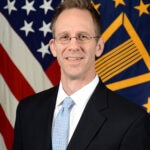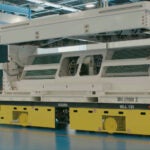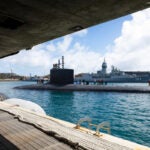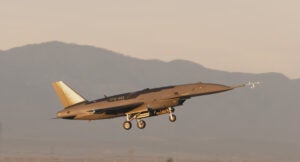
Eight senators Tuesday asked Defense Secretary Chuck Hagel to review the Air Force’s decision to reduce the number of competed Evolved Expendable Launch Vehicle (EELV) missions from 14 to seven during the fiscal years 2015 to 2017 timeframe. “We strongly believe this proposal undermines the Air Force’s previous plan to begin (competing) launches in 2015 and urge you to take all necessary steps to ensure the Air Force fulfills its commitment to provide meaningful competition opportunities this year for award…













